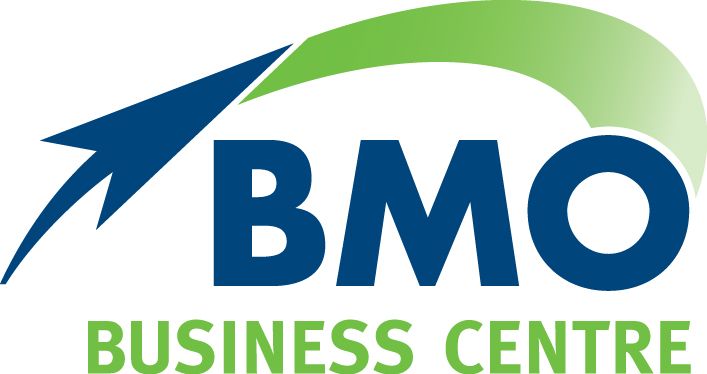How much super is enough?
Most of us dream of the day we can stop working and start ticking off our bucket list. Whether you dream of cruising Alaska, watching the sun rise over Uluru, improving your golf handicap or spending time with the grandkids, superannuation is likely to be a major source of your retirement income.
The more money you squirrel away in super during your working years, the rosier your retirement options will be. The question is, how much is enough?
Estimating your needs
Financial commentators often suggest you will need around two thirds (67 per cent) of your pre-retirement salary to enjoy a similar standard of living in retirement. i Lower income households may need more because they typically spend more of their income on necessities before and after retirement.
The latest ASFA Retirement Standard estimates that a couple retiring today needs a retirement super balance of $640,000 to provide a comfortable standard of living. This would provide an annual income of $60,977. ii
Singles need a lump sum of $545,000 to provide a comfortable income of $43,317 a year. These figures assume people own their home and include any entitlements to a full or part Age Pension.
How do I compare?
According to the latest figures, the mean super balance for all workers is $111,853 for men and $68,499 for women. The mean balance at retirement (age 60-64) shows most people retiring today fall well short of the amount needed for a ‘comfortable’ retirement. ii
The gap between men and women persists at all ages. By the time women reach their 60s they have 42 per cent less super than men on average and are more likely than younger women to have no super at all.
How can I boost my super?
If your super is not tracking as well as you would like, there are ways to give it a kick along. When your budget allows, or you receive a windfall, consider putting a little extra in super. Even better, set up a direct debit or salary sacrifice arrangement.
- You may be able to make a tax-deductible contribution up to the $25,000 annual concessional cap but be aware that this cap includes employer contributions and salary sacrifice.
- You may also be able to contribute up to $100,000 a year after tax, or $300,000 in any three-year period. You can’t claim it as a tax deduction, but earnings will be taxed at the maximum super rate of 15 per cent rather than your marginal rate and you can withdraw the money tax-free from age 60. Your age and the amount you have in super can restrict the amount of contribution caps.
- If you earn less than $37,000, your other half can contribute to your super and claim a tax offset of up to $540. The offset phases out once you earn $40,000 or more.
- If you are a mid to low income earner and make an after-tax contribution to your super account, the government will chip in up to $500. To receive the maximum, you need to earn less than $37,697 and contribute at least $1,000 during the financial year. The government co-contribution reduces the more you earn and phases out once you earn $52,697.
- Speak with your employer about directing some of your pre-tax salary into super. ‘Salary sacrifice’ contributions are taxed at a maximum of 15 per cent (30 per cent if you earn over $250,000). But stay within your concessional contributions cap of $25,000 a year, which includes employer contributions.
To work out the difference extra contributions could make to your retirement nest egg, try out the MoneySmart retirement planner calculator.
As the end of the financial year approaches and with the federal election looming, this is a great time to utilise your annual contribution caps and get a tax deduction for voluntary concessional contributions. If you would like to talk about your retirement income strategy, give us a call.
This article is general in nature. Before making any financial or investment decisions, we recommend you consult a financial planner to take into account your particular investment objectives, financial situation and individual needs. Principal Wealth Management Pty Ltd trading as BMO Financial Solutions ABN 53 109 336 601 is a Corporate Authorised Representative of McPherson & Associates Pty Ltd Australian Financial Services Licence (AFSL) 229883. McPherson & Associates Pty Ltd and its Authorised Representatives do not accept any liability for any errors or omissions of information supplied in this article.
i Moneysmart, Last updates 27 Aug 2018, https://www.moneysmart.gov.au/superannuation-and-retirement/how-super-works/super-contributions/how-much-is-enough
ii ASFA Retirement Standard, 1 December 2018, https://www.superannuation.asn.au/resources/retirement-standard
iii Superannuation Statistics, March 2019, ASFA, https://www.superannuation.asn.au/ArticleDocuments/269/SuperStats-Mar2019.pdf.aspx?Embed=Y
The post How much super is enough? appeared first on BMO Accountants.
Contact Us
BMO Dalby
By Mail:
PO Box 180
Dalby Qld 4405
In Person: 178 Drayton Street (access via Hogan Street)
Dalby Qld 4405
BMO Charleville
By Mail:
PO Box 198
Charleville Qld 4470
In Person: 58 Alfred Street
Charleville Old 4470
BMO Roma
By Mail: PO Box 300 Roma Qld 4455
In Person: 137 McDowall Street Roma Qld 4455
Office Hours:
Monday – Thursday 8am – 5pm and Friday 8am – 3pm
PH: 07 4662 3722
FAX: 07 4662 5975
Useful Links
Stay in Touch
Footer Contact Form
We will get back to you as soon as possible
Please try again later
Contact Us
BMO Dalby
By Mail: PO Box 180 Dalby Qld 4405
In Person: 178 Drayton Street (access via Hogan Street) Dalby
BMO Charleville
By Mail:
PO Box 198
Charleville Qld 4470
In Person: 58 Alfred Street
Charleville Old 4470
BMO Roma
By Mail: PO Box 300 Roma Qld 4455
In Person: 137 McDowall Street Roma Qld 4455
Office Hours: Monday – Thursday 8am – 5pm and Friday 8am – 3pm
PH:
07 4662 3722
FAX: 07 4662 5975
Footer Contact Form
We will get back to you as soon as possible
Please try again later
All Rights Reserved | BMO Dalby | Website design & development by Hey Marketing


